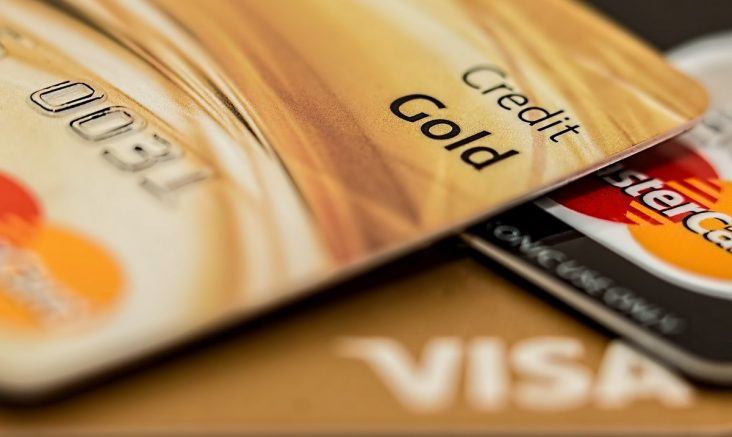NRF: U.S. retail sales up 3% in May
by June 10, 2024 12:51 pm 148 views

The National Retail Federation (NRF) reported Monday that consumer spending on goods rebounded in May from April’s flat results. Retail sales, excluding automobiles and gasoline were up 1.35% from April and 3.03% higher than a year ago.
The NRF Retail Monitor report in cooperation with Affinity Solutions analyzes credit and debit card purchase data during the month.
“Consumers have clearly retained their ability to spend and are driving solid economic growth,” said NRF President and CEO Matthew Shay. “Spending is being supported by the job market and real wage gains. Inflation remains stubborn but is almost entirely in services rather than retail goods. May’s year-over-year gains are in line with what we saw earlier this year, and the month-over-month increases are the largest in more than a year. We believe this underscores that April’s moderation was an outlier.”
The Retail Monitor reported that core retail sales that exclude restaurants, automobiles and gasoline rose 1.2% from a month ago and 2.88% year over year. NRF said total sales rose 2.13% year over year for the first five months of 2024 and core sales increased 2.48%. The month-over-month gains were the highest since April 2023, when total sales were up 1.13% and core sales were up 1.27%, a positive on consumer spending, Shay said.
“U.S. economic growth for the remainder of this year will depend on several factors but particularly the pace of job growth, inflation and what actions will be taken by the Federal Reserve,” NRF Chief Economist Jack Kleinhenz said earlier this month. “The good news is that the economy is growing, inflation is moderating, and overall fundamentals look fine as increased consumer spending supports underlying momentum.”
Inflation as measured by the Personal Consumption Expenditures Price Index should drop to about 2.2% by the end of the year, close to the Federal Reserve’s target of 2%. Inflation was higher than expected in the first few months of the year, but much of it was driven by prices for services and the trend is expected to be short-lived, Kleinhenz said.
Walmart executives said last week the bifurcation among consumers with higher incomes and those with lower-to-medium income levels is widening in some categories. However, everyone is becoming more value-conscious, spending on the things they need and carefully choosing among their wants. Walmart saw softer general merchandise sales in their recent quarter due mostly to price deflation, but demand for seasonal purchases remained high.
Walmart CEO Doug McMillon said families are finding ways to celebrate, vacation and enjoy their summer on a budget. That sentiment aligned with Numerator’s recent Father’s Day Spending expectations which showed that 65% of consumers plan to celebrate Father’s Day on June 16, with 78% intending to gather with family for a cookout or celebration at home. About one in four will go out to eat.
Numerator also found that 94% of Father’s Day celebrators plan to purchase something for the holiday, top items include food (61%), gifts (57%), and alcoholic beverages (23%). Among those buying gifts, the top choices are gift cards (38%), apparel (37%) and tools or home improvement materials (24%). About one-third expect to spend between $50 and $99 on gifts for Father’s Day, while 73% plan to spend about the same as last year.
NRF reports that May spending increased in five of the nine retail categories year over year., led by online sales, the only category to see double-digit gains.
Following are year-over-year category spending changes.
Online and other non-store sales, up 17.91%
Health and personal care sales, up 6.86%
Clothing and accessories stores, up 6.24%
General merchandise sales, up 4.89%
Grocery and beverage sales, up 2.53%
Building and garden supply sales, down 0.53%
Sporting goods, hobby, music and book sales, down 0.71%
Electronics and appliance sales, down 0.87%
Furniture and home furnishings sales, down 3.21%
